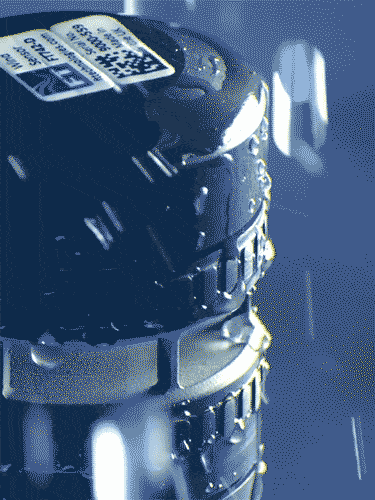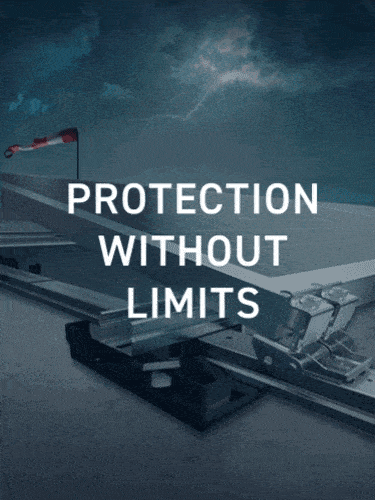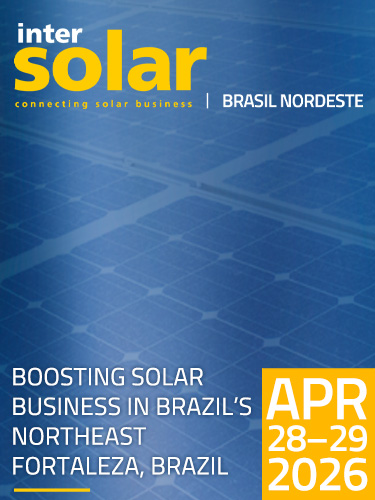News
Robosys Automation continues global expansion opening new US office to support offshore renewables
Advanced maritime autonomy specialist, Robosys Automation, has announced the opening of its new US office, following another successful year of delivering advanced maritime autonomy and vessel control solutions worldwide.
The new US office will be supporting the emerging ocean renewables sector in the Americas maritime markets, including offshore wind farms.
Robosys’ VOYAGER AI solutions provides critical answers to the dull, dangerous, and dirty operations associated with operating at sea; through enabling vessels to become lean-crewed, uncrewed, or via decision aided support, whether a new build or currently in operation.
Headed by Aditya Nawab, Founder and CEO of Robosys Automation, the new office is located in Boston, Massachusetts within the New England region.
Aditya Nawab comments, “From the arrival of the Pilgrims in 1620, to today, Boston has become home to many pioneers, therefore it is only natural that Robosys expands into this dynamic and innovative region. We look forward to continuing to demonstrate the many ways Robosys Automation, as a pioneer in advanced maritime autonomy, helps maritime organisations better operate, and better support their teams; safer, smarter and cleaner.”
The recently launched New England Wind Project, aka Vineyard Wind South, situated 20nm south of Martha’s Vineyard, and 24nm SW of Nantucket, in Massachusetts and which is expected to generate up to 2,600 megawatts of clean and renewable electricity, is one such site where Robosys will be able to provide support.
The opening of the new office in the US will help both support Robosys’ global business strategic plans, and also help drive awareness and support of the worldwide maritime sector and communities through its collaborative activities.
Robosys, headquartered at the world-renown UK’s National Oceanography Centre (NOC), recently collaborated with the UK Marine Robotics Innovation Hub, also situated at the NOC, recently delivered an International Maritime Business event to a Massachusetts Maritime Academy student cohort.
Aditya Nawab will be joined at Robosys Automation’s Boston office with new personnel including operational support staff, software developers, and electrical engineers, together with seasonal interns.
Visit www.robosysautomation.com for more information.
ROBOSYS AUTOMATION
Since 2012, Robosys Automation has been regarded as the world leader in Autonomous Navigation Systems (ANS) and Vessel Control Systems (VCS), together with Autonomous Operations; delivering pioneering and intelligent navigation and control solutions to crewed, lean-crewed and autonomous vessels, USVs and ships, from 3m to 320m.
Headquartered at the UK’s National Oceanography Centre in Southampton, Robosys has regional offices in the USA, Canada and India.
Robosys’ solutions are proven and boast full IMO Degree 4 Maritime Autonomy capability. Robosys has two decades of experience in developing and supporting AI-supported advanced maritime autonomy and smart shipping solutions with its platform, propulsion, and sensor-agnostic software; for both operational purposes, and for training simulation in synthetic environments.
Robosys’ solutions include its ground-breaking VOYAGER AI software which transforms any motorised vessel into a fully autonomous Unmanned Surface Vessel (USV); which features independent navigation, collision and obstacle avoidance, anti-grounding, and dynamic route optimisation.
In addition, Robosys offers numerous options to complement VOYAGER AI, including COLREGS-compliant Collision Avoidance Decision Aid (CADA) applications, to enhance the safety in the support of crewed and lean crewed watchkeepers. Other options include Voyager Platform Control providing Remote Steering, Engine Control and Propulsion Control, together with Voyager Platform Management, providing Alarm Monitoring, together with Switch & Relay Controlling.
Applications are used in vessels undertaking surveying, pilotage, defence, bulk, short sea, search and rescue, and research operations.
Robosys’ international partners include the Australian Maritime College (AMC Search), Maritime Research Institute of Netherlands (MARIN) and the Marine Robotics Innovation Centre (MRIC) at the UK’s National Oceanography Centre (NOC).
Find out more about Robosys Automation at www.robosysautomation.com
ROBOSYS’ VOYAGER AI
Following Robosys Automation’s simulated and worldwide live testing spanning from Canada though the USA, UK, Europe, ME, India to Australia, from its UK headquarters at the UK’s National Oceanography Centre, combined with customer data, Voyager AI boasts improved collision avoidance, and enhanced unique twinning to vessel operational characteristics and mission profile.
New and improved collision avoidance algorithms have been devised through extensive utilisation of simulation software combined with real-time challenges. Multi-vessel avoidance manoeuvre scenarios have also been tested and further enhanced, with Voyager AI featuring improved Explainable collision regulations’ (COLREGs) compliance.
In addition, the Loss of Communications (LoC) function is now a licensable feature of Voyager AI, providing peace of mind to operators by enabling mission continuity in the event of a breakdown in communications.
Furthermore, improved vessel track and dynamic navigational path changes are made in accordance with a vessels’ specific manoeuvrability and its other performance characteristics, which results in a manoeuvring path matched to that vessel’s characteristics.
Navigational paths are now set and validated according to user-selected chart parameters, Voyager AI can now be swiftly tuned according to the specific vessel operating area, such as ocean, coastal, or inshore waters.
An exciting addition to Voyager AI has been the addition of an integrated Remote & Autonomous Platform Alarm, Monitoring & Control System (AMCS) tailored by Robosys to provide full support for USVs.
Voyager AI also integrates and controls multiple ship’s hardware, including vessel systems, switches, relays and monitoring systems and alarms. This can range from deck and hull sensors, through to creating an auto-response to initiate an automatic fire extinguisher thanks to tailored pre-set values.
Key to platform integration is the alignment of payload control with vessel control systems and thus Voyager’s AMCS now integrates payload control and the vessel’s performance for seamless USV maritime operations which is specifically aligned to best suit the mission.
PRESS CONTACT
For further information and interviews please contact
Hannah Kent Colls
Director of Watermark Communications.
t +44(0)7876 541876
e hannah@watermark360.com

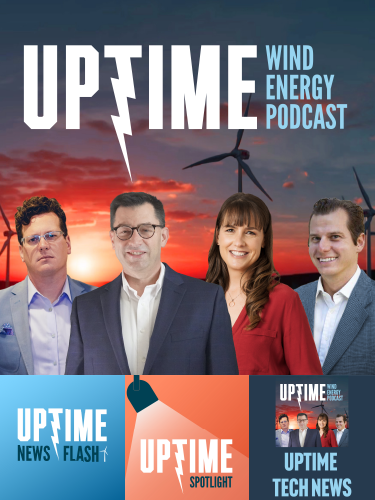
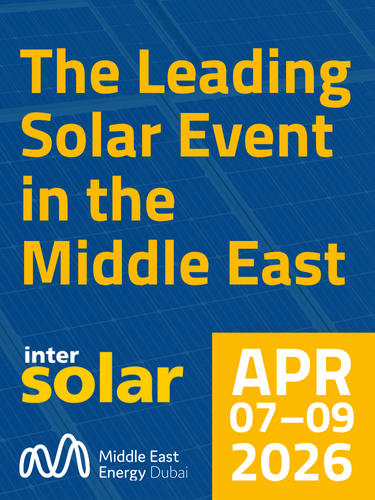
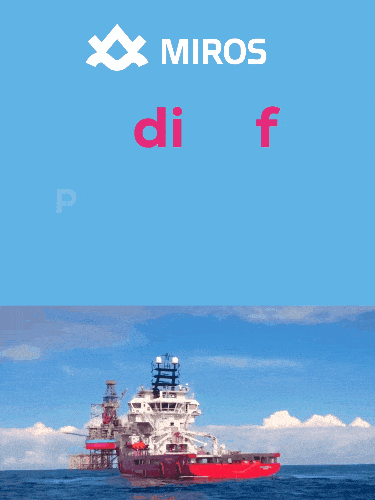

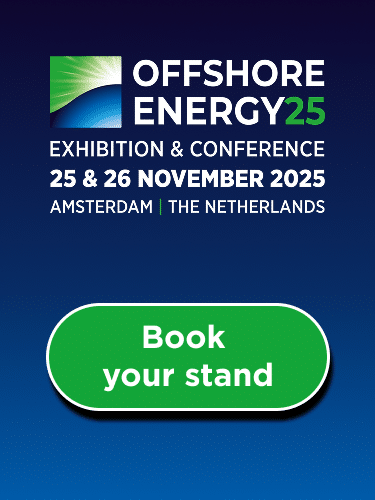
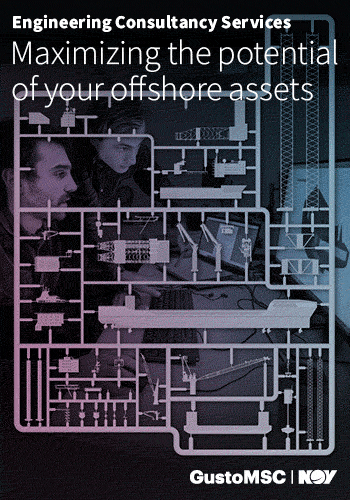

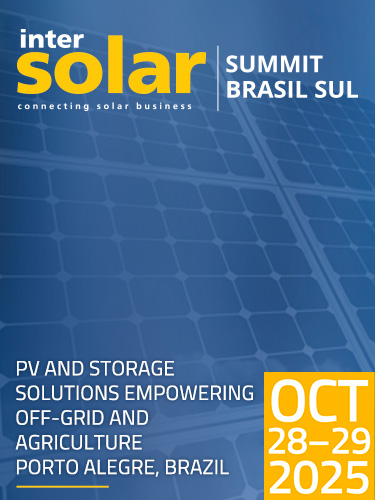
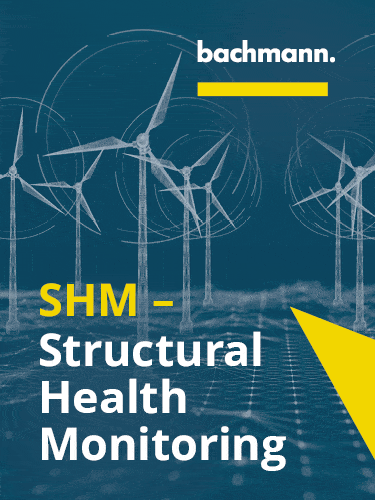

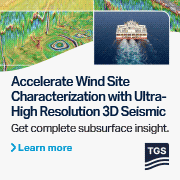
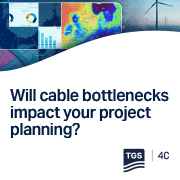
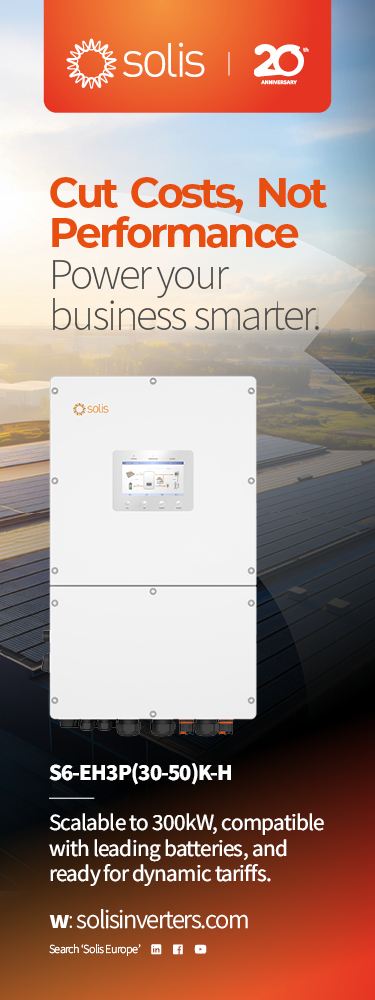
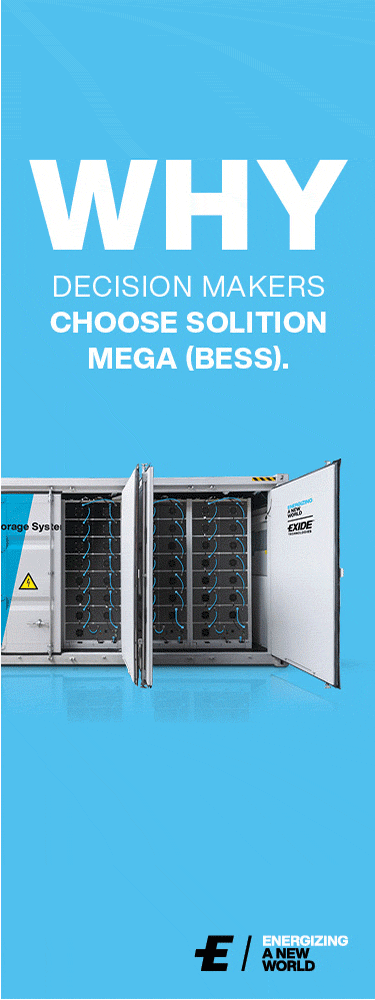
.gif)
